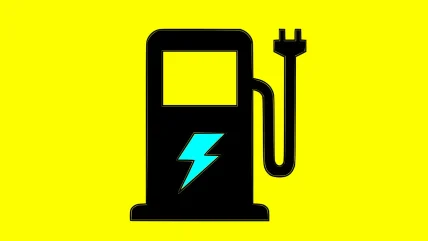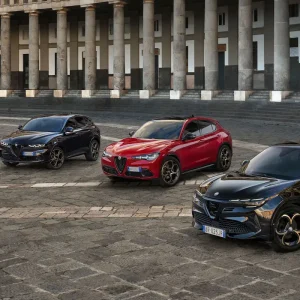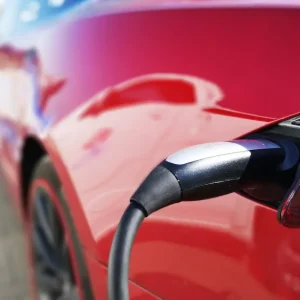
The UK needs more EV chargers than are strictly necessary on major routes to help give drivers the confidence to switch, as part of a package of measures to increase demand.
That’s according to Murray Paul, public affairs director for JLR, who warned of the damage visible queues at public chargers could do to perceptions of charging infrastructure capacity.
Addressing a Westminster Energy, Environment and Transport Forum policy conference on the next steps for zero-emission vehicles in England, Scotland and Wales, Paul argued that on key arterial routes, an oversupply of charging facilities was therefore needed.
He continued: “That needs some government intervention, because, unfortunately, the last government decided to let [the] market deal with it, but it can’t cope with it, because [if] consumer confidence is to be there, we need an oversupply of chargers. They need to be vacant when the consumer [passes by] in their ICE vehicle.
“And oversupply means underutilized for the charging industry, and that doesn’t work. So, we need to find a different recipe for those key visible chargers up and down the country.”
While addressing the conference, Paul argued that action was needed to boost EV demand, with a 19.6% UK new car market share for EVs – just behind the 22% required by the UK Government’s ZEV mandate – said to have been achieved through heavy manufacturer discounting. Paul quoted the Society of Motor Manufacturers and Traders (SMMT) saying discounts worth £4.5 billion pounds had been applied.
He said: “The gap between where natural demand sits and where demand is mandated to be will grow and grow unless we do something different.
“And the danger is that global companies will choose to sell their cars in markets that are more profitable, because it cannot sustain £4.5 billion worth of loss every single year, or growing, every single year just to meet a mandate target.”
Paul explained that JLR was not calling for changes to the mandate targets, but wanted to see measures to increase EV demand, including the creation of a “favourable fiscal environment” for the vehicles.
He said: “We are essentially mandating a more expensive technology onto the consumer. and the consumer has the ultimate vote of whether they buy or they choose to not buy. And unless we have a look at residual values, used car sales, all the way up and it’s all related to new car sales, finance packages available, unless we can find those packages that make it fiscally attractive to the consumers to buy, they’re not going to come along and buy the numbers that we need to make it work.
“There’s no one intervention that will work. There’s no magic pill, but we must be open to ideas. And more importantly, they should endure for the entire phase of the ZEV mandate to 2030. Germany just gave us a very good recent example where they withdrew their incentives prematurely and the EV market tanked as a result of that.
“We’re not after altering the [ZEV mandate] trajectory, we think the trajectory at the moment is the right one, we just need to get demand back on the right footing.”





